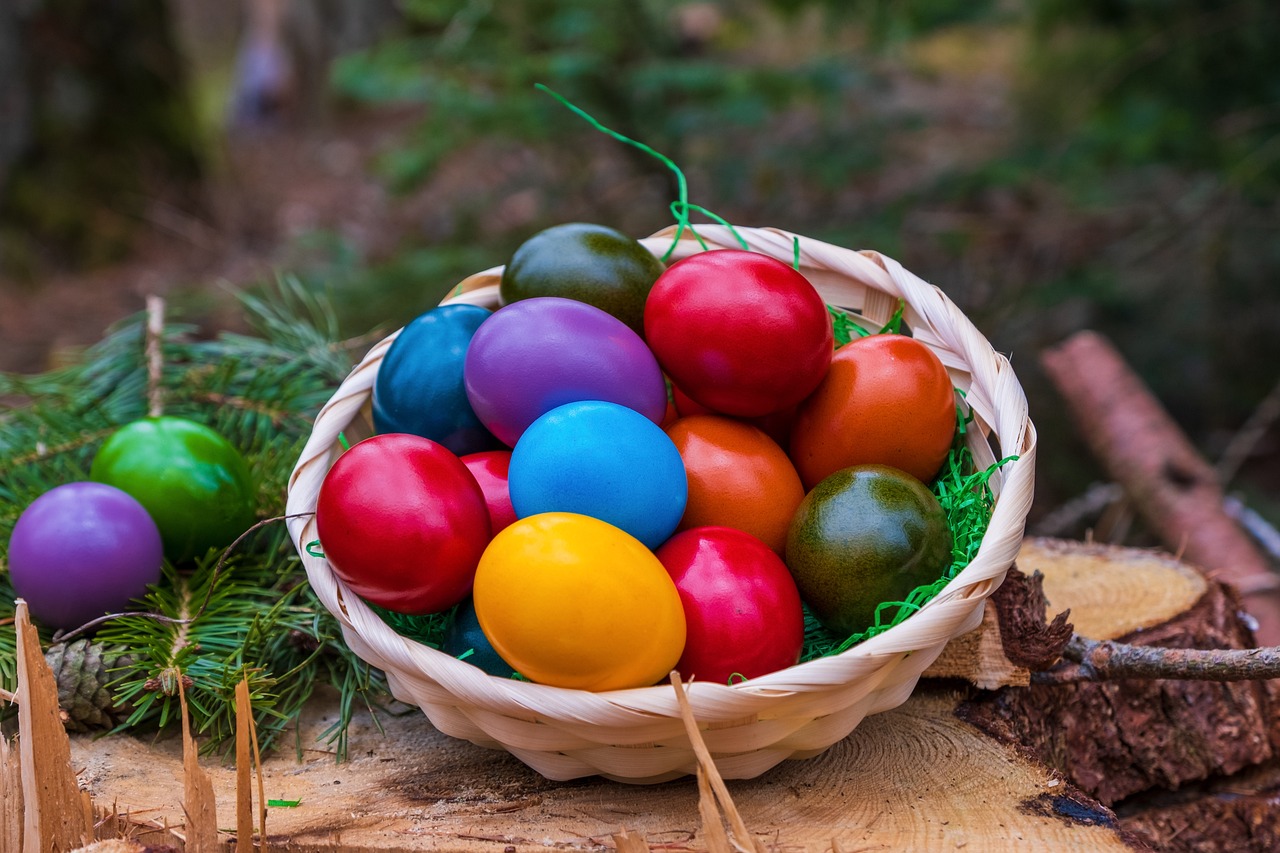The Science of Food Preservation: Balancing Tradition with Innovation
Preserving food has been a longstanding practice throughout history, dating back to ancient civilizations. One of the earliest known methods of food preservation is drying. By removing the moisture from foods such as fruits, meats, and herbs, civilizations could extend the shelf-life of perishable items without the need for refrigeration. This technique allowed individuals to store food for extended periods, ensuring a stable food supply during times of scarcity.
Another popular method of food preservation used by ancient societies was fermentation. By allowing certain foods to undergo a fermentation process, natural bacteria would break down sugars and starches, creating an acidic environment that preserved the food. Fermentation not only helped to preserve food but also enhanced its flavor, resulting in products like pickles, yogurt, and kimchi that are still enjoyed today.
Traditional Methods vs. Modern Technologies
Traditional food preservation methods, such as fermenting, drying, and smoking, have been practiced for centuries by various cultures around the world. These age-old techniques rely on natural processes to extend the shelf life of food without the need for modern technology. In contrast, modern food preservation technologies involve methods like pasteurization, canning, and freezing, which utilize advanced equipment and scientific knowledge to prolong the freshness of food products.
While traditional methods are often cherished for their cultural significance and ability to add unique flavors to food, modern technologies offer precise control over the preservation process and can ensure a longer shelf life for perishable goods. The debate between traditional methods and modern technologies continues to evolve as consumers seek a balance between preserving food in a more natural way and benefiting from the convenience and efficiency provided by innovative preservation techniques.
What are some traditional food preservation techniques?
Some traditional food preservation techniques include drying, smoking, pickling, fermenting, and canning.
How do modern technologies differ from traditional methods of food preservation?
Modern technologies use advanced equipment and processes such as refrigeration, vacuum sealing, irradiation, and freezing to preserve food more efficiently and effectively.
Which method is more cost-effective, traditional or modern food preservation techniques?
It depends on the scale of food preservation needed. Traditional methods may be more cost-effective for small-scale operations, while modern technologies are often more cost-effective for larger-scale operations.
Are traditional food preservation techniques still used today?
Yes, many traditional food preservation techniques are still used today, especially by artisanal and small-scale producers who value traditional methods for their flavor and cultural significance.
How do traditional and modern food preservation methods impact the environment?
Traditional food preservation techniques tend to be more sustainable and environmentally friendly, as they often require minimal energy and resources. In contrast, some modern technologies can have a larger environmental footprint due to their energy and resource-intensive processes.





